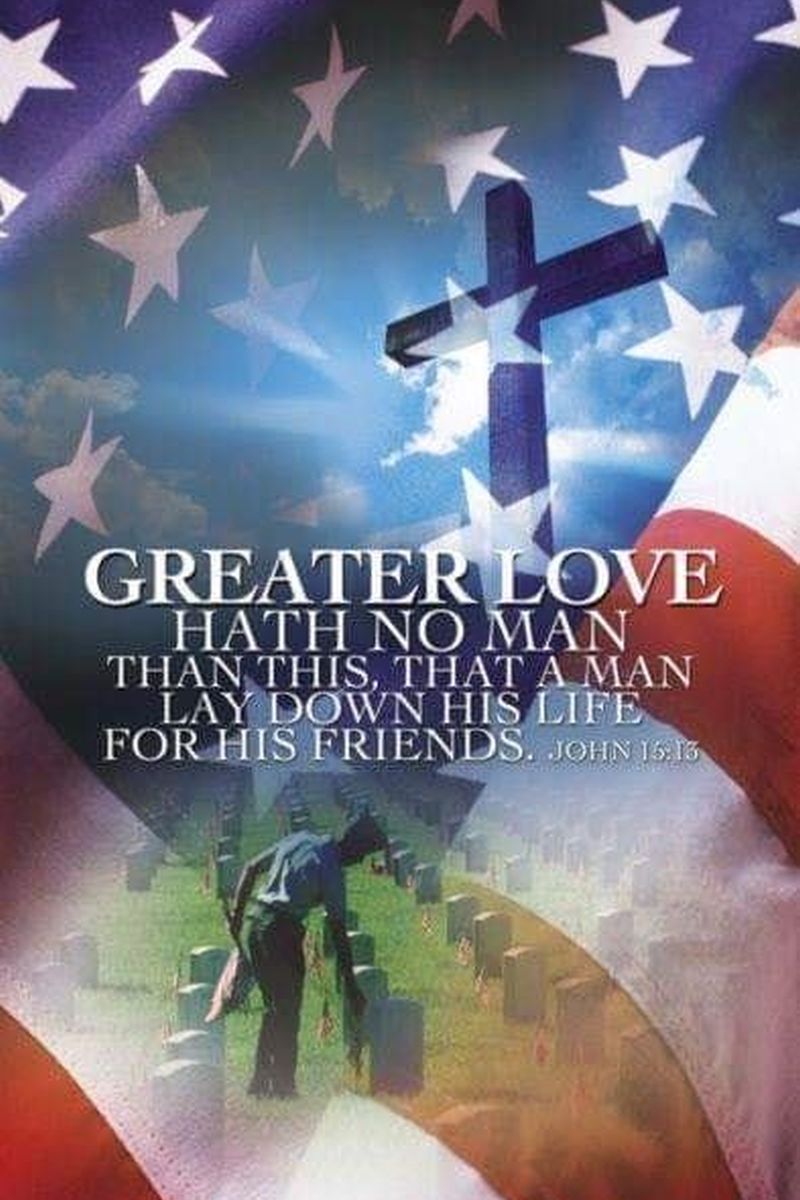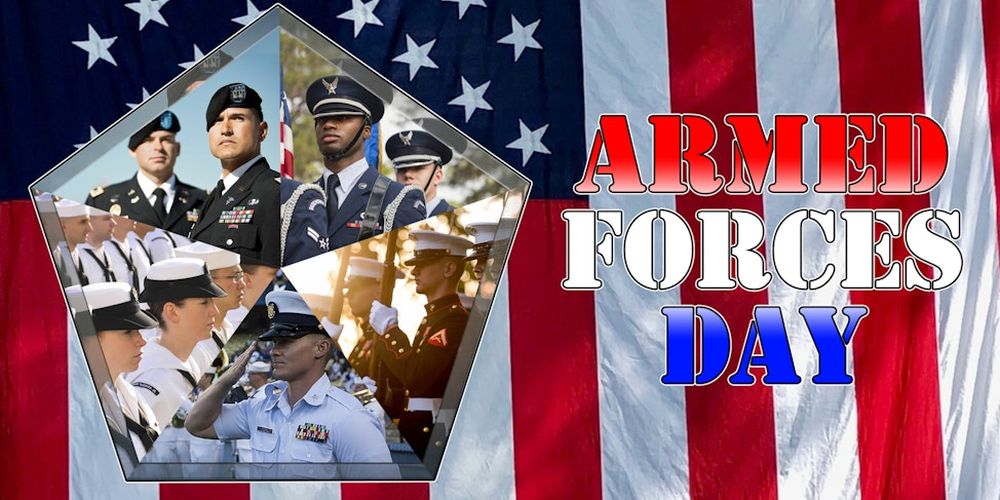Arizona’s Veterans Memorial Highway
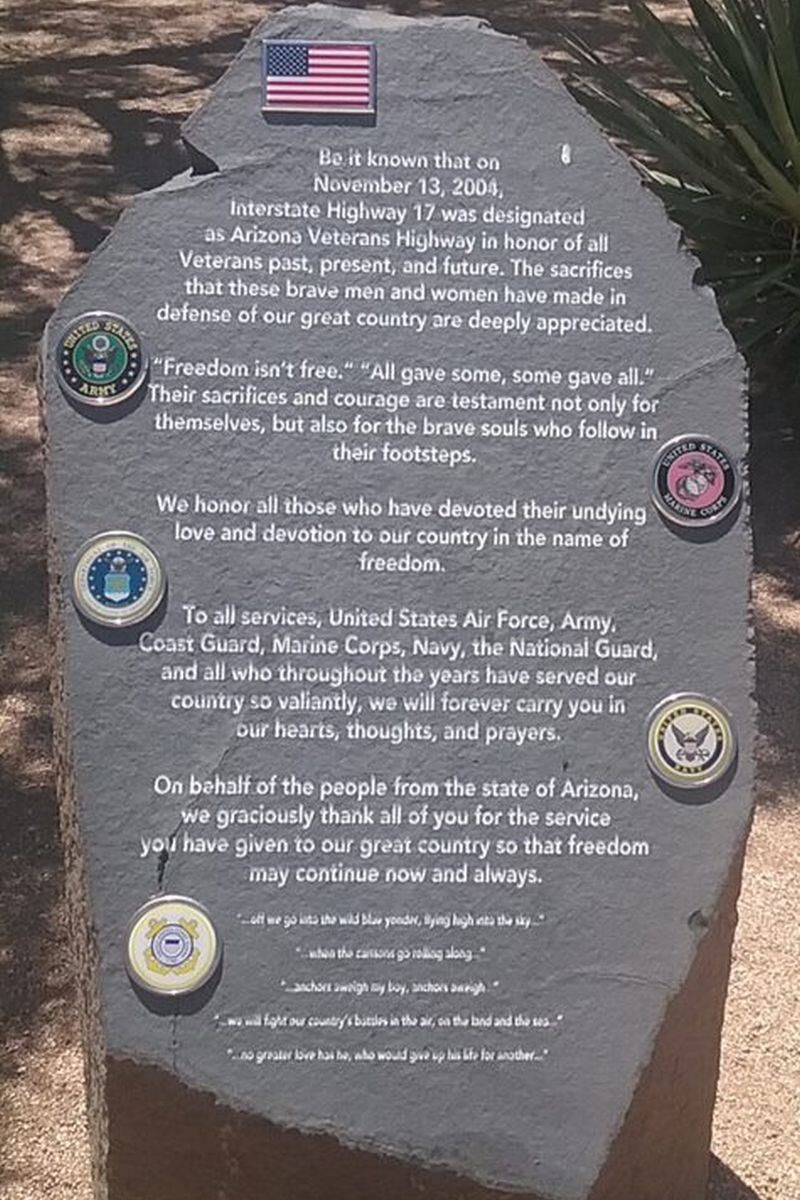 In 2004, Interstate 17, which runs from Phoenix, AZ to Flagstaff, AZ, was designated to be “Veterans Memorial Highway,” in recognition of America’s Veterans, past, present and future.
In 2004, Interstate 17, which runs from Phoenix, AZ to Flagstaff, AZ, was designated to be “Veterans Memorial Highway,” in recognition of America’s Veterans, past, present and future.
The Memorial Plaque seen here is located at the McGuireville Rest Area (southbound) on I-17 in Rimrock, AZ. Click on the image to enlarge. There may be another plaque on the northbound side, but I can’t say for sure.
To All Veterans
From Mark Alexander at The Patriot Post
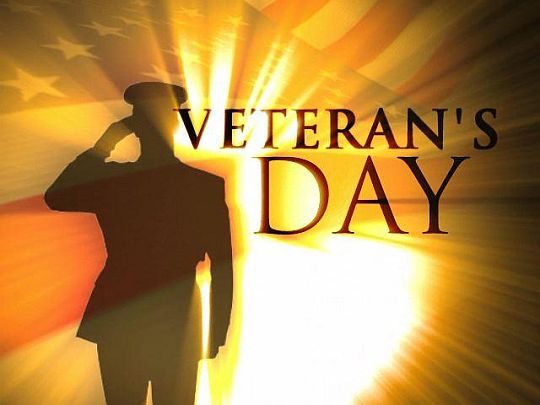 It is notable that Veterans Day shares the same anniversary date as the signing of the Mayflower Compact in 1620. That simple document, after all, is the taproot of a great nation, now a shining beacon of Liberty, which owes its very existence to the toils and trials of generations of American Veterans.
It is notable that Veterans Day shares the same anniversary date as the signing of the Mayflower Compact in 1620. That simple document, after all, is the taproot of a great nation, now a shining beacon of Liberty, which owes its very existence to the toils and trials of generations of American Veterans.
From the cold winter winds at Valley Forge in 1777 to the deadly terrain of the Korengal Valley in eastern Afghanistan today, generations of American Patriots have stood fast in defense of Liberty and at great cost.
I am certain I will never meet a seasoned war Veteran who is fond of combat, but to a man, every Patriot concurs with John Stuart Mill’s timeless note on the subject: “War is an ugly thing, but not the ugliest of things; the decayed and degraded state of moral and patriotic feeling which thinks nothing worth a war, is worse. A man who has nothing which he cares more about than he does about his personal safety is a miserable creature who has no chance at being free, unless made and kept so by the exertions of better men than himself.”
I am equally certain that these Patriots, like millions of others since the 1789 founding of our Republic, have honored their “sacred oaths” to support and defend the Liberty enshrined in our Constitution, against all enemies foreign and domestic.
God Bless our veterans!

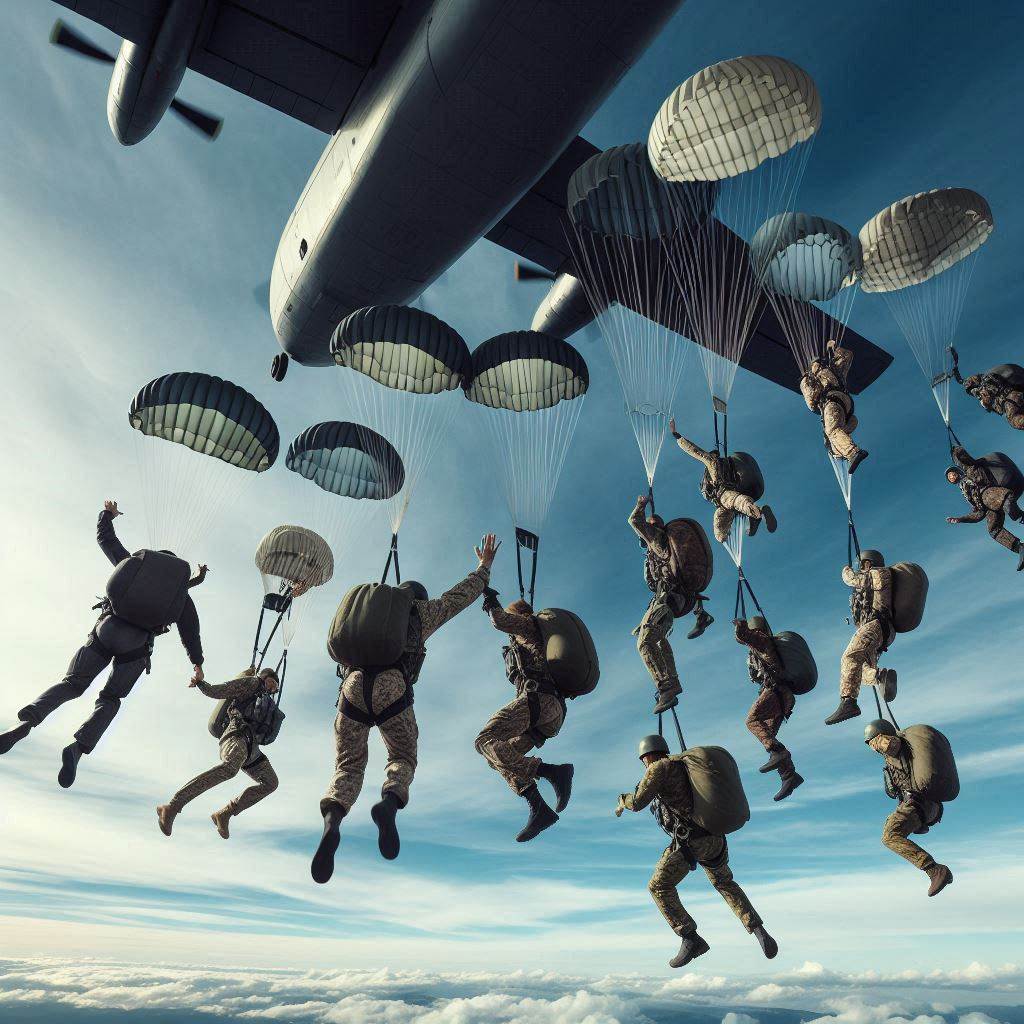


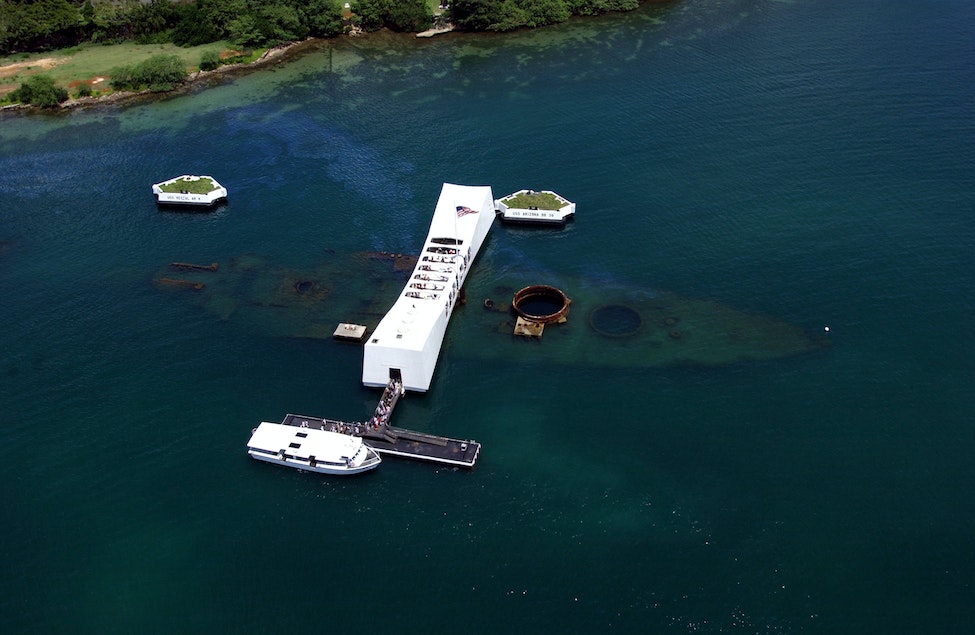

 It is notable that Veterans Day shares the same anniversary date as the signing of the Mayflower Compact in 1620. That simple document, after all, is the taproot of a great nation, now a shining beacon of Liberty, which owes its very existence to the toils and trials of generations of American Veterans.
It is notable that Veterans Day shares the same anniversary date as the signing of the Mayflower Compact in 1620. That simple document, after all, is the taproot of a great nation, now a shining beacon of Liberty, which owes its very existence to the toils and trials of generations of American Veterans.